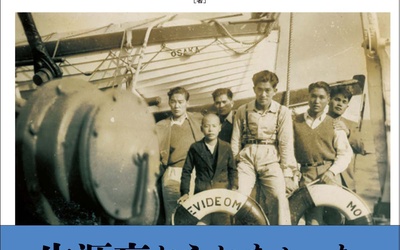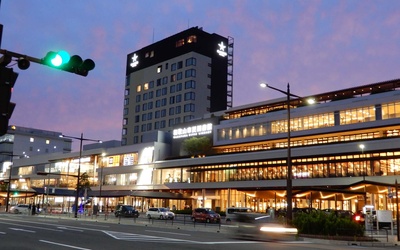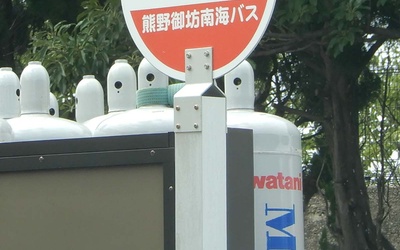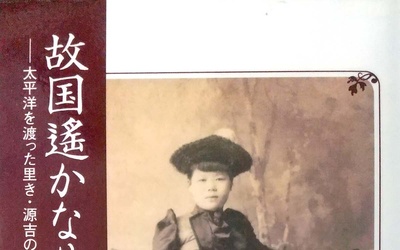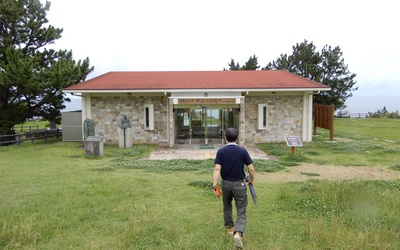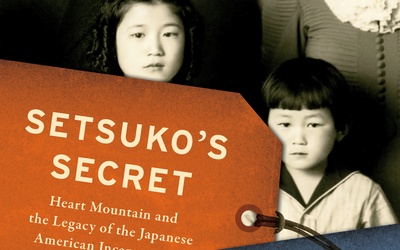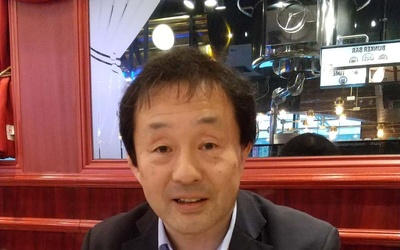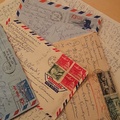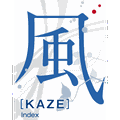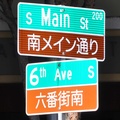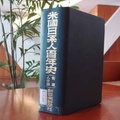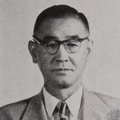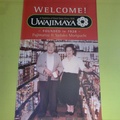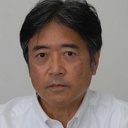
Ryusuke Kawai
@ryusukekawaiJournalist and non-fiction writer. Born in Kanagawa Prefecture. Graduated from the Faculty of Law at Keio University, he worked as a reporter for the Mainichi Shimbun before going independent. His books include "Yamato Colony: The Men Who Left Japan in Florida" (Shunpousha). He translated the monumental work of Japanese American literature, "No-No Boy" (Shunpousha). The English version of "Yamato Colony," won the 2021 Harry T. and Harriette V. Moore Award for the best book on ethnic groups or social issues from the Florida Historical Society.
(Updated November 2021)
Stories from This Author
39th Racism: Structural Discrimination
Nov. 10, 2023 • Ryusuke Kawai
Read "Racism in America" Even today, discrimination and conflict over "race" continues to occur all over the world. In particular, in the United States, which has been called the "melting pot of races," incidents that appear to be discrimination and prejudice against black and Asian people occur repeatedly. For Japanese Americans, who are a minority in American society, this is an issue that cannot be ignored. Why do these racial problems occur? What exactly is race? How has American society …
No. 38 The Florida Emigrants made into a TV movie
Oct. 27, 2023 • Ryusuke Kawai
Kotaro Sudo in Miami Beach Writing a non-fiction book and receiving letters from readers with their thoughts and impressions is a great way to discover new things and is a joy. Two years ago, I received a letter through my publisher from a 91-year-old woman who said she had read my 2015 book, " Yamato Colony: The Men Who Left Japan in Florida " (Shunposha). "Yamato Colony" is a non-fiction book that follows the story of the Japanese colony that …
No. 37 What were immigrant ships?
Oct. 13, 2023 • Ryusuke Kawai
Read "Seeing the World from Immigrant Ships: A Modern History of Japan's Sea Route Experiences." In Japan, an island nation, it is now common for people to travel abroad by airplane, apart from luxury liner cruises. However, at least until shortly after the war, the only way to travel was by ship. In other words, ships transported people, goods, and information as Japan opened up and modernized. Looking at the world at large, travel between continents was by ship, and …
Vol. 36: Visiting the Immigration Museum in Wakayama City - On the way to Japan's coastline ⑤
Sept. 22, 2023 • Ryusuke Kawai
Wakayama Prefecture is an "immigration prefecture" that has produced many immigrants, as seen in the American Village in Mihama Town, Wakayama Prefecture, which faces the Kii Channel, and I had heard that Wakayama City has a facility that respects this history, the Immigration Materials Room, which collects materials related to not only Wakayama Prefecture but also immigrants. I had always wanted to visit it, so after leaving Mihama Town, I headed north along the coastline and visited the Wakayama City …
Part 35: American Village in Mihama, Wakayama - On the way to Japan's coastline ④
Sept. 8, 2023 • Ryusuke Kawai
If you head towards the Kii Peninsula along the coastline from Ago Bay in Mie Prefecture, you will arrive at Kushimoto Town, the southernmost town on the main island of Honshu. In my previous article, I wrote about how men used to come from here to harvest pearl oysters (white pearl oysters) near Thursday Island in Australia, but there is another town along the coast further ahead where you can still find traces of people who were involved with overseas …
#34 Riki Ito, a female pioneer of America-mura: On a journey along the Japanese coastline③
Aug. 11, 2023 • Ryusuke Kawai
Bring on the immigration fever In the previous article (No. 32) , "From Americamura in Shima City, Mie Prefecture," I introduced the fact that Takeuchi Kosuke, the grandfather of Takeuchi Toshikazu, the owner of a jazz cafe that I stopped at during my trip, traveled to the United States and compiled the history of the Japanese community that was formed in San Pedro near Los Angeles in a book called "The Development Record of the San Pedro Compatriots." Kosuke was …
No. 33 Pearl oysters in Australia - A journey along the Japanese coastline ②
July 28, 2023 • Ryusuke Kawai
I knew that there had been Japanese people going to Australia to collect white pearl oysters (commonly known as pearl oysters) since the Meiji period, but while traveling along the coastline of the Kii Peninsula from Mie Prefecture, I happened to hear from someone who told me that his grandfather had been one of those people. There used to be a shipyard called Kyoryoku Shipyard in Ise City, Mie Prefecture. In the summer of 1956, a deep-sea tuna fishing boat …
Episode 32: "The Development of San Pedro Brotherhood" - On the way to the coastline of Japan ①
July 14, 2023 • Ryusuke Kawai
From Americamura in Shima City, Mie Prefecture Since the year before last, I have been traveling by car along the coastline of Japan. I don't travel all at once, but in several trips, starting from my home in Kanagawa Prefecture, and I try to drive along the outline of the Japanese archipelago. As part of that, I recently took a ferry from Cape Irago in Aichi Prefecture to Toba in Mie Prefecture, and traveled along the coastline to the Kii …
Part 31 (Part 2): Interview with Nakahiro Iwata, translator of "Setsuko's Secret"
June 24, 2023 • Ryusuke Kawai
Read the first part >> The journey to publishing in Japanese --How did the Japanese version come to be, and why was it published by E-Compress? It seems that E-Compress is not a company that has worked on this type of book much. Iwata: When Shirley published the original book, without my knowledge, people who had much deeper ties to the Higuchi family than I did, including Shirley and her mother, Setsuko, who is the protagonist, were working to publish …
Part 31 (first half): Interview with Nakahiro Iwata, translator of "Setsuko's Secret"
June 23, 2023 • Ryusuke Kawai
The recently published Japanese translation of "Setsuko's Secret: Heart Mountain and the Legacy of Japanese American Internment" (Shirley Ann Higuchi, Ecom Press) is a powerful work in which the third-generation Japanese-American author vividly describes her own family history while tracing the issue of the internment of Japanese-Americans during the war. The translator is Nakahiro Iwata, a reporter for the Tokyo Shimbun newspaper and a visiting researcher at Josai International University. We spoke to Iwata about how he came to translate …



